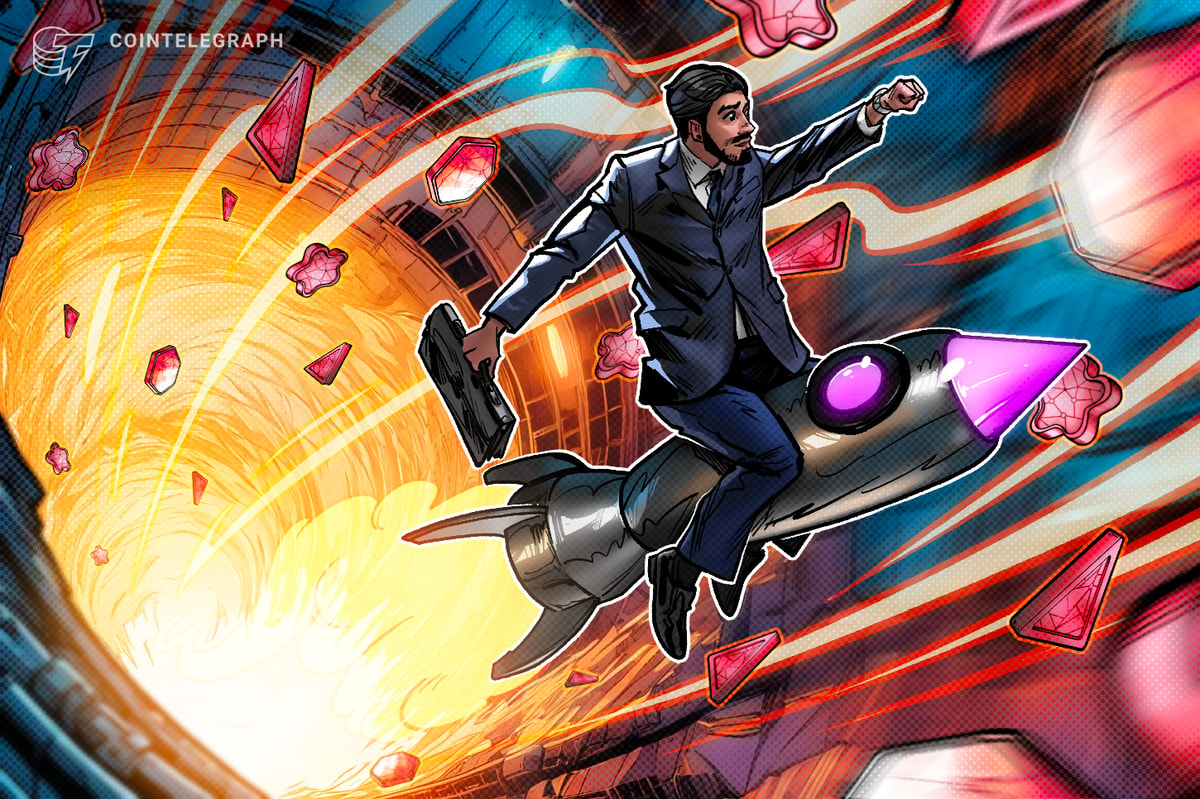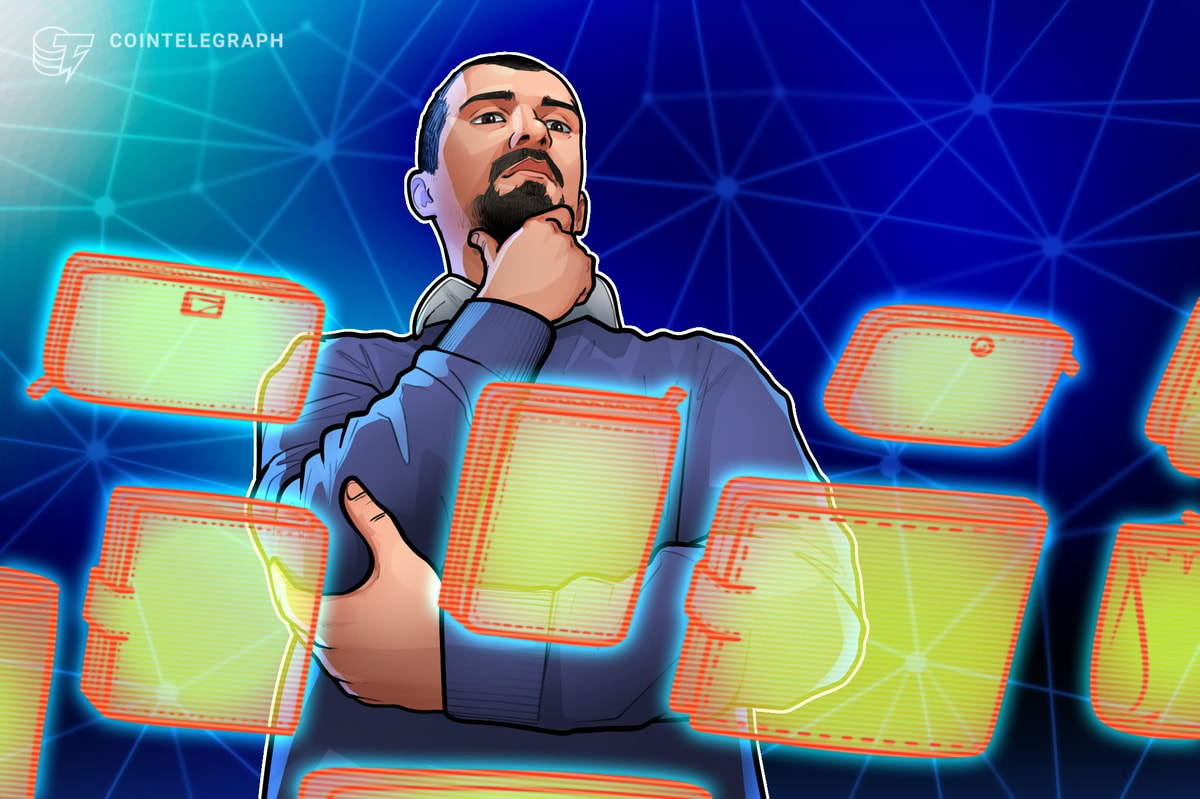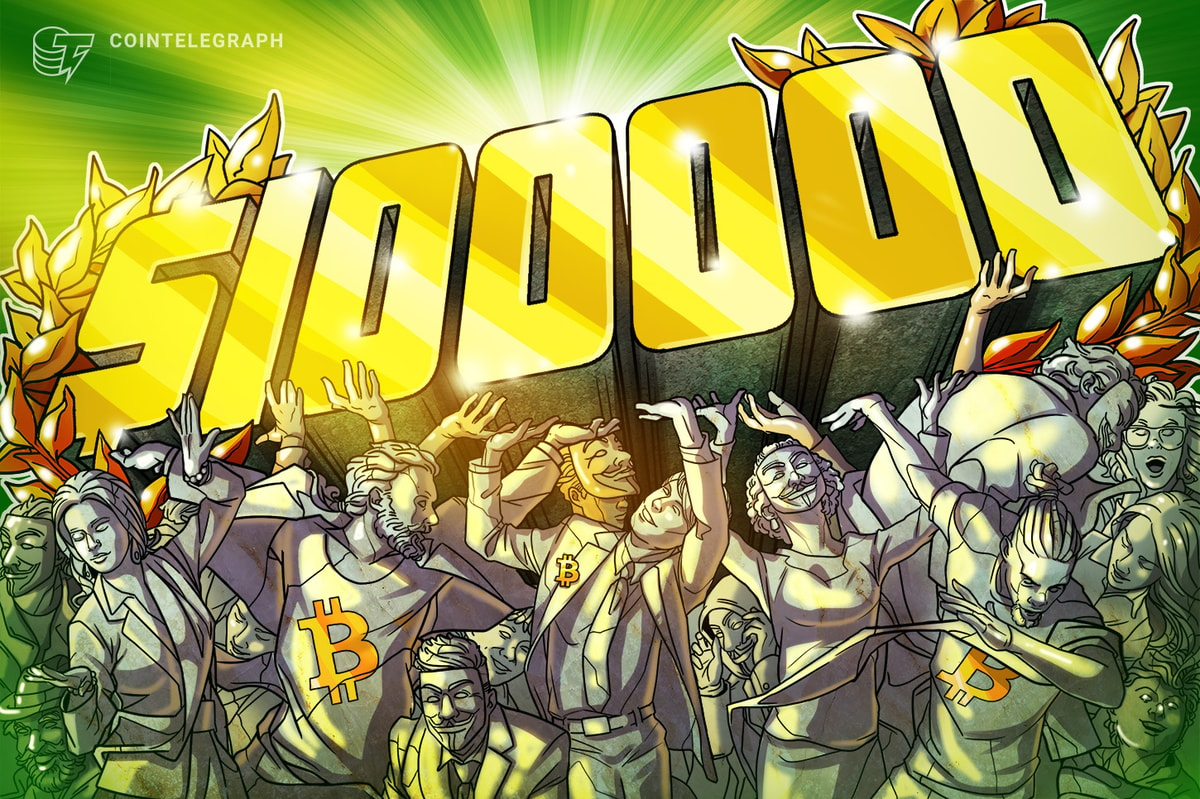The crypto industry has come up with a lot to offer to the world, but there’s no denying that decentralized finance (DeFi) is one of the most valuable innovations to come from it.
Thanks to the inherent decentralization provided by blockchain technology, DeFi gives users many of the benefits of traditional finance, such as generating a passive income through lending, but with one massive advantage: the removal of a third-party intermediary.
By removing an intermediary, DeFi users have more control over their financial processes. They can experience higher interest rates on-lent assets, facilitate a better deal when borrowing, or simply enjoy better returns on their tokenized savings. The possibilities are endless but also limited by many of the top DeFi networks out there.
Ethereum (ETH), for instance, is associated with transaction fees, long wait times and other side effects of network congestion. One blockchain, however, is offering an alternative to Ethereum and other DeFi apps by utilizing Bitcoin (BTC) of all things. That blockchain is DeFiChain.
Bitcoin-powered DeFi
When it comes to decentralized finance applications, DeFiChain follows a completely different strategy compared to Ethereum or other well-known blockchains. Instead of integrating DeFi-application as decentralized applications (DApps) on the blockchain, every DeFi-related use case is programmed natively on the chain itself.
Each financial application is thus so deeply embedded in the blockchain that changes can only take place via hard-forks. In short, DeFi protocols are more decentralized, the native currency DFI serves as the government token for all DeFi applications and no developer is above the decisions of individual masternodes.
DeFiChain unites all known DeFi applications –– staking, liquidity mining and lending –– while offering decentralized synthetic stocks, commodities, a decentralized stablecoin (dUSD) and precious metals on one single blockchain, firmly anchored in the blockchain.
That said, DeFiChain’s network runs entirely separate from Bitcoin but it uses the same well-proofed principles to provide high security. DeFiChain has higher transaction throughput and lower fees, allowing users to really enjoy decentralized finance applications. Unlike Bitcoin, it’s a proof-of-stake protocol.
From there, DeFiChain utilizes the power of wrapping to offer interoperability. Users can take advantage of wrapped Bitcoin, Ethereum or other supported crypto assets allowing people to get access to decentralized finance applications while holding Bitcoin or Ethereum in their portfolio. DeFiChain offers different gateways and bridges to exchange Bitcoin, Ethereum, USDC, Dodge and more to dBitcoin, dEthereum, dUSDC, dDodge.
The master of finance
The team believes that focusing on one type of application ensures it can offer the best possible experience for its users. They don’t want to be a jack-of-all-trades DeFi platform, rather the master of decentralized finance.
As one of the platform’s engineers, Prasanna Longanathar, states, “DeFiChain unites all major DeFi applications on a single blockchain, offering its users the ability to create diverse portfolios encompassing almost any asset class, in a fully decentralized manner."
The DeFiChain team is hard at work in developing new offerings for its users. Its most recent success is the implementation of decentralized assets like stocks, commodities and indices. In the next upgrade, DeFiChain will be capable of offering its users decentralized future and option trading.
Disclaimer. Cointelegraph does not endorse any content or product on this page. While we aim at providing you with all important information that we could obtain, readers should do their own research before taking any actions related to the company and carry full responsibility for their decisions, nor can this article be considered as investment advice.







